All About Miter Saws
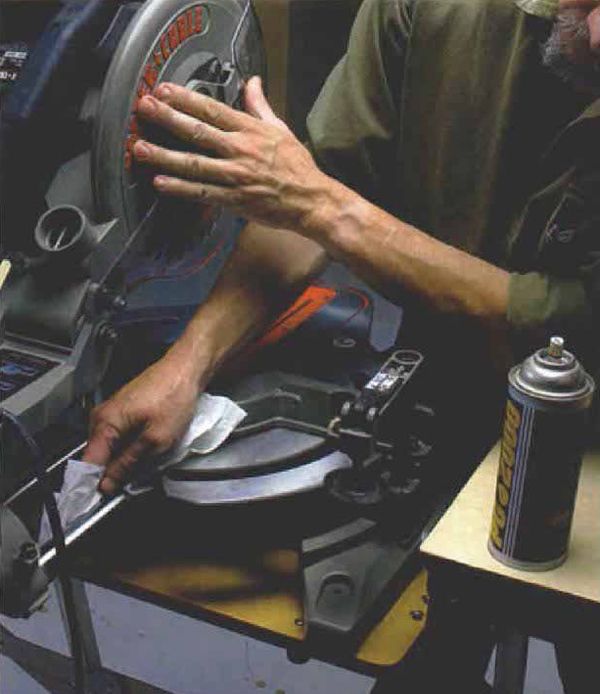
Miter saws have evolved from basic tools that could make simple miter cuts in relatively small stock into much more complicated machines that are indispensable to all kinds of carpenters and furniture makers. Miter saws, or chopsaws as they are often called, are available in several styles, each suited to particular kinds of work. Blade sizes range from 8-1/2 in. to 15 in.
What Counts:
• Cutting capacity
• Maximum miter and bevel angles
• Ease of fence operation
• Visibility and clarity of scales
Miter saws
The simplest, and least expensive, are 10-in. saws that can be adjusted only for miter cuts. These are well suited for window and door trim, picture frames, and other applications where the material isn’t too wide (between 5 in. and 5-1/2 in. for a 90° crosscut) or very tall.
Compound miter saws
More common are compound miter saws, which allow the blade to be adjusted for miter as well as bevel simultaneously. These saws, which typically come with 10-in. or 12-in. blades, make cutting crown molding easier and can handle miter cuts in wider stock than a standard saw because stock can be laid flat.
Sliding miter saws
With a sliding compound miter saw, the motor and blade assembly is mounted on an arm so it can move. For narrow stock, the saw is simply plunged into the work, just like a fixed head saw. But for wider material, the blade can travel along the rail to extend its reach. Even with an 8-1/2 in. blade, for instance, a sliding compound miter saw can cut a board 12 in. wide at 90°. The blades on some of these saws pivot in one direction only; on others, called dual compound saws, the blade can tilt to the right or the left. All of these features make sliding compound miter saws the most expensive, as well as the most versatile.
Important features
Sawing capacity plus the maximum bevel and miter angles all are important features. So is the fence. On compound saws, the fence must be repositioned for bevel cuts to keep it out of the way of the blade. Some saws require screws to be loosened slightly so the two halves of the fence can be moved, but other manufacturers have developed more convenient designs. The fence should provide enough support for work cut on edge.
All miter saws have scales showing the angle of the cut, as well as detents (positive stops) at often used miter angles. These scales should be easy to read as well as easy to adjust for accuracy.
Fine Woodworking Recommended Products
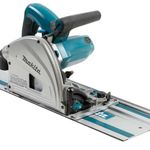
Makita SP6000J1 Track Saw

Stanley Powerlock 16-ft. tape measure

Ridgid EB4424 Oscillating Spindle/Belt Sander
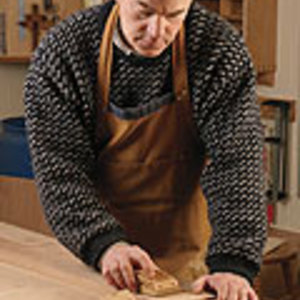



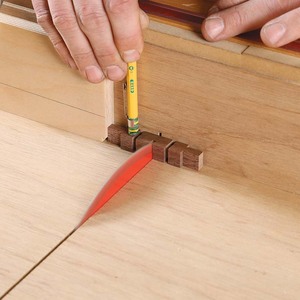
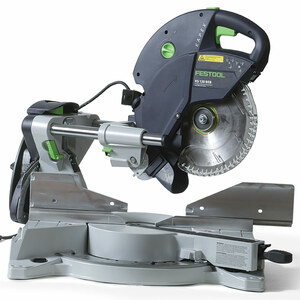
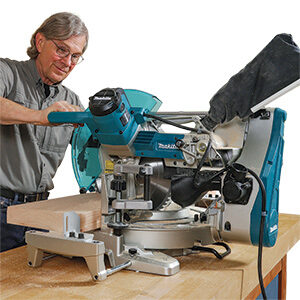















Log in or create an account to post a comment.
Sign up Log in